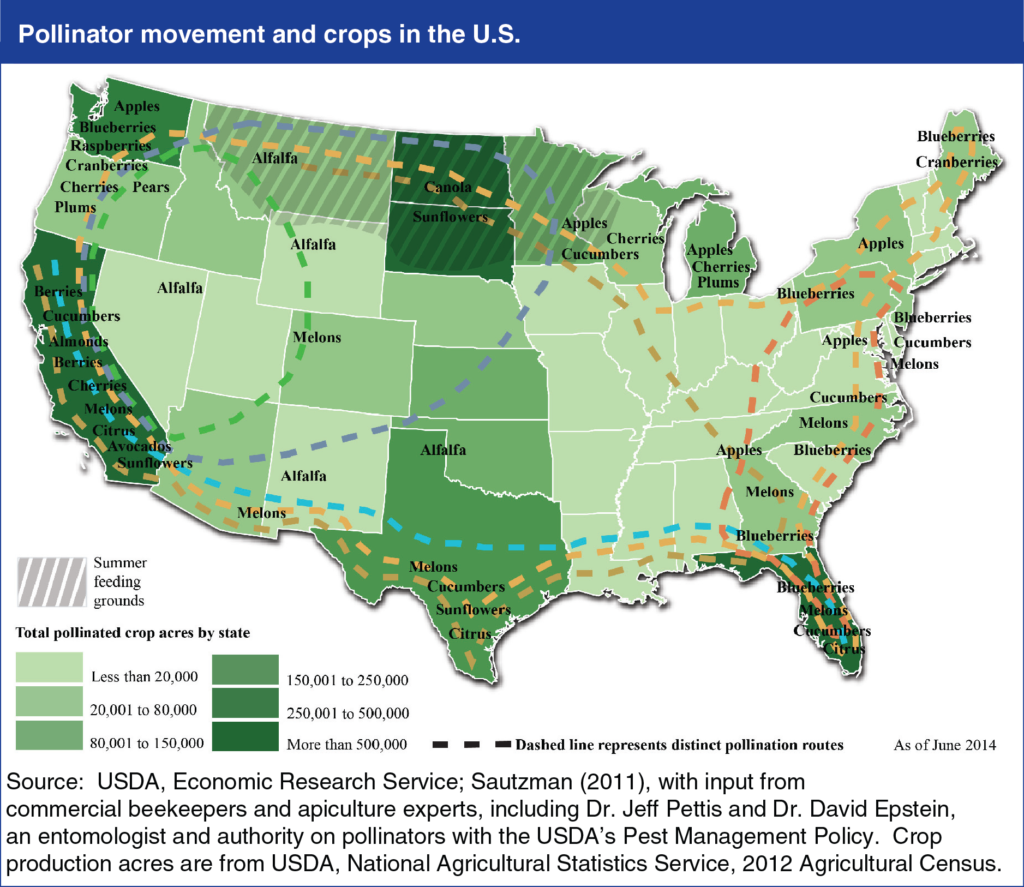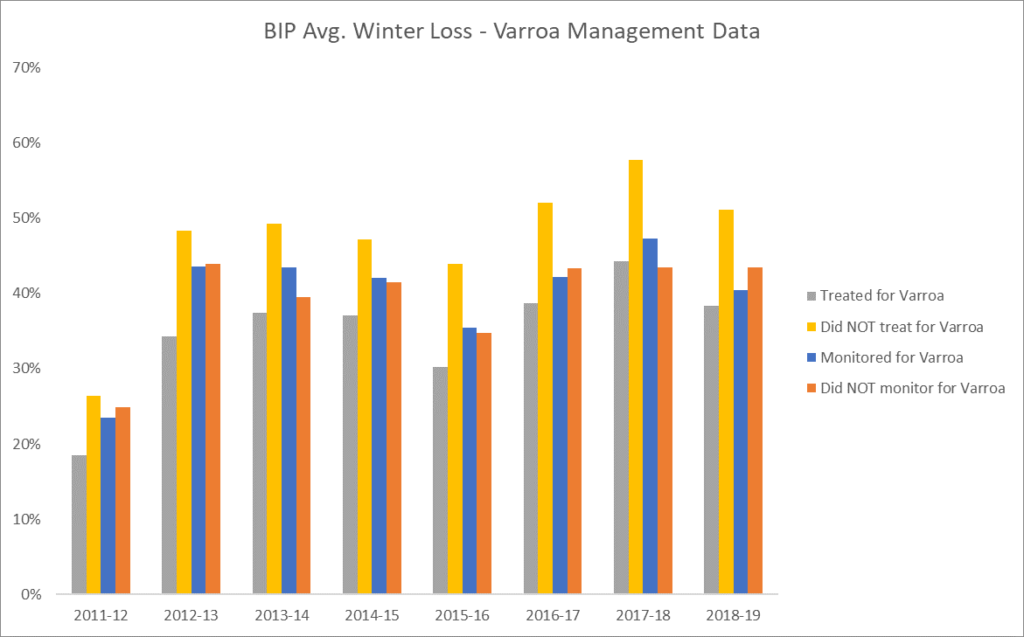
I had the privilege of listening to Dr. Jamie Ellis’ lecture “What is Killing Honeybees & What We Can Do About It” at the Wisconsin Honey Producers Association fall meeting. Dr. Jamie Ellis is a Gahan Endowed Professor of Entomology in the Department of Entomology and Nematology at the University of Florida. In addition to supervising students and teaching, he helped established the University of Florida, South Florida, and Caribbean Bee Colleges and UF Master Beekeeper Program. His work focuses on how to improve pollinator health and habitat through improved crop and pollinator management practices.

You have probably heard the quote from Einstein, “If the bee disappeared off the face of the Earth, man would only have four years left to live.” Dr. Ellis insists that first and foremost there is no actual proof Einstein ever said this, and secondly, what does a physicist know about entomology?
Two All Beef Patties and a Bun
What we do know is that our diet would be drastically different than it is today without the help of pollinators. We would not starve to death without pollinators, eating would just be a lot less enjoyable without the nutritious fruit, nut and vegetable crops we take for granted. One article looked at the classic McDonald’s Big Mac, say it with me: two all beef patties, special sauce, lettuce, cheese, pickles, onions – on a sesame seed bun! Without pollinators all you’d have left are two all beef patties and a bun – boring!
Countries are built on grain crops (corn, wheat, rice, soybean, sorghum), all of which are wind or self-pollinated. Human intervention has changed how pollinators interact with their environment. Roughly 10% of landmass on the planet is under grain crop production. To diversify our diet, migratory beekeepers leave the bread basket of America and travel to the edges of our nation to pollinate fruit, nut and vegetable farms. The economical significance of pollination services throughout the country improves crop production by 800% and contributes more than 15 billion dollars to the US fruit, nut and vegetable industry.

What’s killing the bees?
So, what is killing honeybees? Pesticides surely cannot be the driving force otherwise bees would have been gone a long time ago. The other common issues beekeepers face like poor nutrition and pathogens are not new problems. Dr. Ellis argues that beekeepers haven’t had to pay close attention to their bees until the invasion of Varroa. The rise in Varroa required beekeepers to look in their hives more frequently and as a result found other issues.
What can we do about it?
Varroa control is the single most important factor that beekeepers can use to manage the health of their bees. Even though beekeepers throughout the country have spent over 34 million dollars on Varroa treatments in 2017-18, some are still not monitoring or treating. The Honeybee Health Coalition has put together FREE resources on how to monitor and treat for Varroa. Healthy bees are resilient bees.

According to Dr. Ellis, since 1948 there has been an unrecoverable net colony loss rate of roughly 1% per year. The 40% loss rate we all have nightmares about is the gross loss rate. The beekeeping industry is driven by the economy. As long as beekeepers can afford to, they can sustain colony numbers by splitting hives as needed to compensate for losses. More money = more bees.
Although we have serious obstacles to overcome, it is reassuring to hear an alternative perspective on the same statistics that have been frightening us. Since “Colony Collapse Disorder” broke out 15 years ago, we have seen a net increase in the number of managed honeybee colonies and have more bees now than we did 25 years ago. In 2018, the number of honey producing colonies increased 4% from the previous year. Here’s to a future that is fruitful for us and our bees as research develops products and practices to help our hives thrive.
